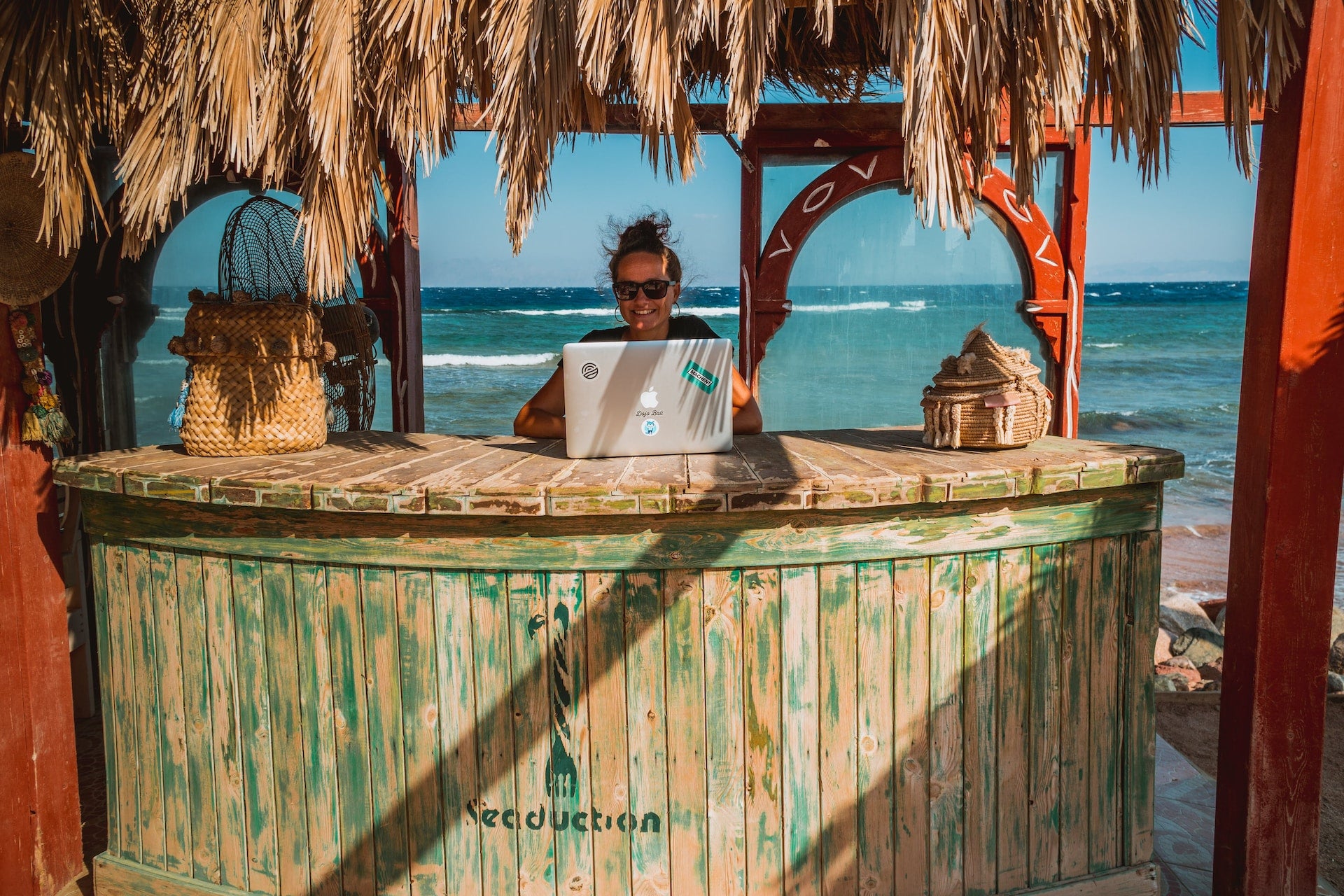
More than 50 governments are working with an extended, self-funded tourism trend, beckoning so-called ‘digital nomads’ to their countries to boost local businesses.
This is not surprising. Millennials are fed up with their home offices. Prolonged confinement due to the Covid-19 pandemic has given rise to a new way of working: something that was once called ‘location independence’ by the former practitioners who operated within the grey area of touristic travel.
Countries vying for digital nomads’ attention will need to improve their infrastructure or invest in cultural campaigns, to highlight the best features their cities have to offer to gain a travel blogger’s favor, in turn improving resources for locals and reviving the tourist economies that collapsed during the pandemic.
The sought-after digital nomad visa
According to countless lifestyle bloggers, the coveted digital nomad visa can be obtained by anyone with enough gumption to argue the case for long-term remote working to their manager, or those willing to sell all their possessions to start up their own company. The successful applicant then spends up to two years in a hybrid status between tourist and local as they work in rented rooms or chic coffee shops, their leisure time committed to authentically experiencing the cities that they are in, removed from that country’s labor market.
Most countries offering these visas specify a monthly income requirement, from as low as $684 in Colombia to €4,500 in Estonia. These minimum figures tend to vastly exceed the country’s average wage. For example, in the Portuguese capital Lisbon, where the Nomad List suggests that 16,000 digital nomads reside as of May 2023, the average local earns under €1,000 per month. Their new transient neighbors earn almost three times that figure at the very least, giving them three times the purchasing power and boosting prices as they spend. As a result, digital nomads can drive gentrification in the cities they claim to adore.
And what happens when they end their long adventure? Many digital nomads speak of growing numb to new experiences and travel exhaustion after ending their stints as jet-setting workers. Shells of former homes converted into short-stay rentals lie in their wake; pressurized housing markets and elevated prices are glaring reminders of the many types of footprints a tourist can leave behind.
How well do you really know your competitors?
Access the most comprehensive Company Profiles on the market, powered by GlobalData. Save hours of research. Gain competitive edge.

Thank you!
Your download email will arrive shortly
Not ready to buy yet? Download a free sample
We are confident about the unique quality of our Company Profiles. However, we want you to make the most beneficial decision for your business, so we offer a free sample that you can download by submitting the below form
By GlobalDataCitizens of the world
The combination of cabin fever and cost-of-living anxiety has propelled young professionals to search out destinations that promise a more vibrant life experience for a lower price. The Colombian neighbourhood of Medellín has seen a 49% increase in international arrivals, according to the paper el Colombiano, in part due to a cost of living that is cheap from a digital nomad’s perspective. But activists such as Ana María Valle Villegas, Medellín’s former Secretary for Women, claim that locals cannot compete with the spending power of the dollar salaries that these visitors often bring with them, damaging communities’ access to their local economies and leading to displacement.
In this regard, the invitations made by governments to international workers do not seem to reflect the sentiment of the very people that travellers expect to welcome them into their exotic lifestyle.
Beyond the drawbacks of loneliness, Wi-Fi precarity, and debilitating admin, few digital nomad bloggers acknowledge their network’s impact on the beautiful, bustling sites that head their inspirational captions. Perhaps the guise of a ‘citizen of the world’ facilitates this individualist ignorance, as their independent spirits prevent them from perceiving themselves as part of a rapidly growing movement. The digital nomad’s uniqueness seems confirmed by the diverse stories of those they encounter on their travels.
However, A Brother Abroad’s research suggests that 76% of digital nomads are white. With platforms like Nomad List ranking destinations based on the amount of English spoken, it is no wonder that some campaigners are denouncing digital nomadism as neo-colonialism. Being a global citizen should mean more than simply following the tracks laid down by the English language, then heading back home when the novelty wears off.




